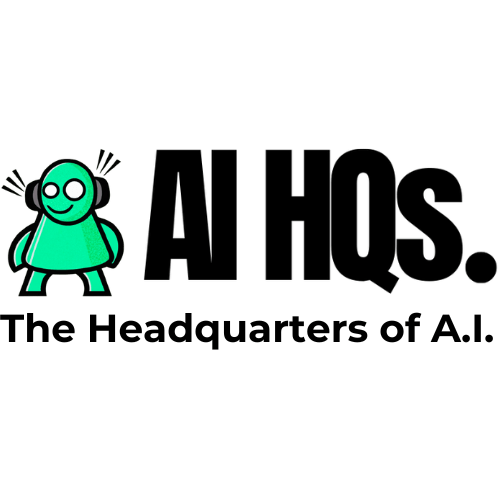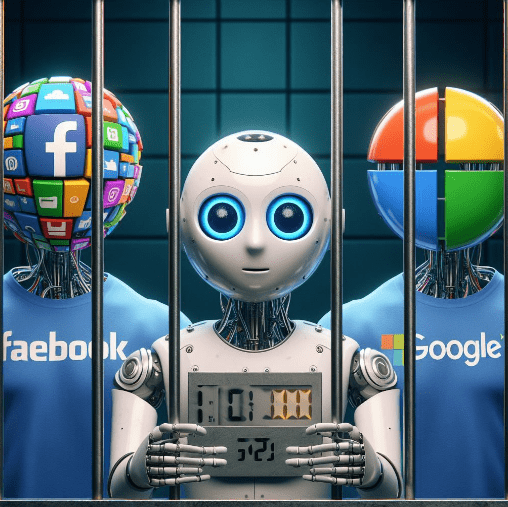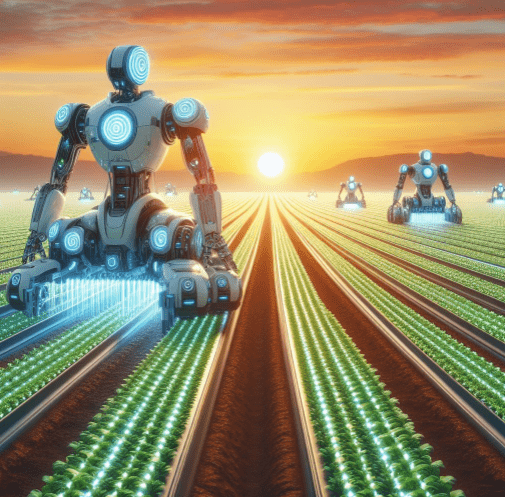Youtube calls for full disclosure on AI generated content
YouTube recently unveiled a series of measures to address the challenges posed by generative AI in content creation. The platform, with its commitment to fostering creativity while ensuring a safe environment, is set to implement stricter measures on realistic AI-generated content. This blog will delve into the key announcements made by YouTube and explore the implications of these changes on content creators and viewers.

YouTube’s announcement on Tuesday highlighted the platform’s commitment to maintaining a positive ecosystem amid the rising influence of generative AI. The company plans to require creators to disclose when they have used AI tools to alter or create synthetic content that appears realistic. This move is part of a broader effort to tackle issues such as deepfakes, voice cloning, and disinformation in content creation.
To address the potential misuse of AI-generated content, YouTube will introduce updates that inform viewers when they are consuming synthetic or altered material. Creators will be prompted to disclose the use of AI tools when uploading content that falls into this category. The disclosure is crucial, especially for content discussing sensitive topics like elections, conflicts, public health crises, or involving public officials. Failure to comply with these disclosure requirements may result in penalties, including content removal or suspension from the YouTube Partner Program.
YouTube is set to implement a new labeling system that will provide viewers with information about the nature of the content they are watching. Labels will be added to the description panel and video player, indicating content that has been altered or is synthetic. Moreover, content created by YouTube’s generative AI products, such as Dream Screen, will be automatically labeled as altered or synthetic. The platform is also deploying AI-powered content moderation tools to enhance the speed and accuracy of identifying and handling content that violates the new rules.
YouTube is introducing features that allow users to request the removal of AI-generated content that simulates identifiable individuals, including their faces or voices. This privacy request process will consider factors such as parody, satire, unique identification, and the involvement of public officials. Additionally, artists or music publishers can request the removal of AI-generated music that mimics an artist’s unique singing or rapping voice, with considerations for news reporting, analysis, or critique of synthetic vocals.
Shifting gears, YouTube is embracing AI to empower content creators. At its annual Made on YouTube event, the platform unveiled several AI-powered tools, including Dream Screen. This feature allows creators to generate AI-driven videos and photos to use as backgrounds in YouTube Shorts. Creators can input prompts to generate backgrounds or remix existing content using AI tools, marking a significant leap in how digital creators produce content.
The integration of AI tools like Dream Screen signals a paradigm shift in how creators plan, make, and structure their content. AI-generated insights will influence the type of content creators produce, offering a personalized and trending-driven approach. With AI’s ability to suggest video topics, generate music recommendations, and even facilitate dubbing in different languages, YouTube aims to democratize content creation, making it more accessible to a broader audience.
An intriguing development in the realm of AI-generated content is showcased by YouTube channel “There I Ruined It.” Using an AI model called so-vits-svc, creators transform their own vocals into those of famous artists, such as Elvis singing contemporary songs. The process involves training the AI model with clean audio samples, extracting key parts, and ultimately replacing the original vocals with the AI-generated voice. While this process currently requires technical expertise, it provides a glimpse into the future of AI-generated music and its potential implications on copyright, trademark, and ethical considerations.
YouTube’s Dream Screen feature introduces a new era in content creation. By leveraging AI, creators can now visualize and materialize their ideas by simply typing in a description. Whether it’s a panda drinking coffee or a fantasy world of underwater castles, Dream Screen opens up new possibilities for creators to bring their imagination to life. This user-friendly approach is expected to lower barriers to entry, allowing more individuals to contribute to the vast landscape of YouTube content.
As YouTube embarks on this transformative journey with generative AI, the platform acknowledges the need for a careful balance between innovation and responsibility. The company plans to work closely with creators, artists, and other stakeholders to build a future that benefits everyone. The deployment of AI-powered tools and the evolving landscape of synthetic content underscore the dynamic nature of content creation on YouTube, setting the stage for a new era of innovation and creativity.
YouTube’s recent announcements reflect a pivotal moment in the platform’s evolution, as it grapples with the challenges and opportunities presented by generative AI. From stringent disclosure requirements for AI-generated content to empowering creators with AI tools like Dream Screen, YouTube is shaping the future of content creation. As the AI transformation continues to unfold, the platform remains committed to fostering creativity while upholding community safety—a delicate balance that will define the next chapter in YouTube’s storied history. For all my daily news and tips on AI, Emerging technologies at the intersection of humans, just sign up for my FREE newsletter at www.robotpigeon.beehiiv.com







